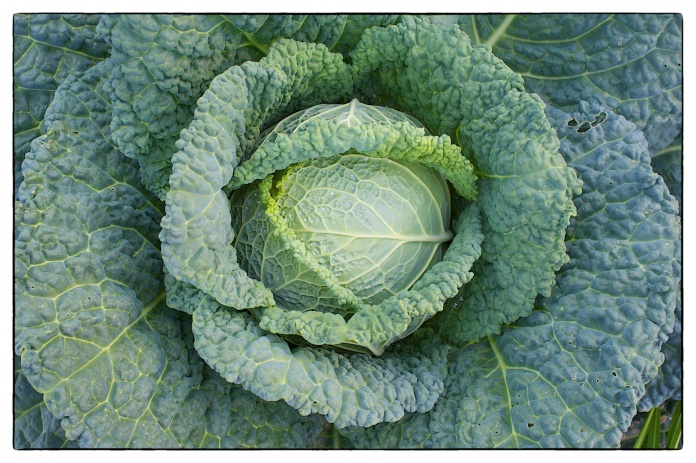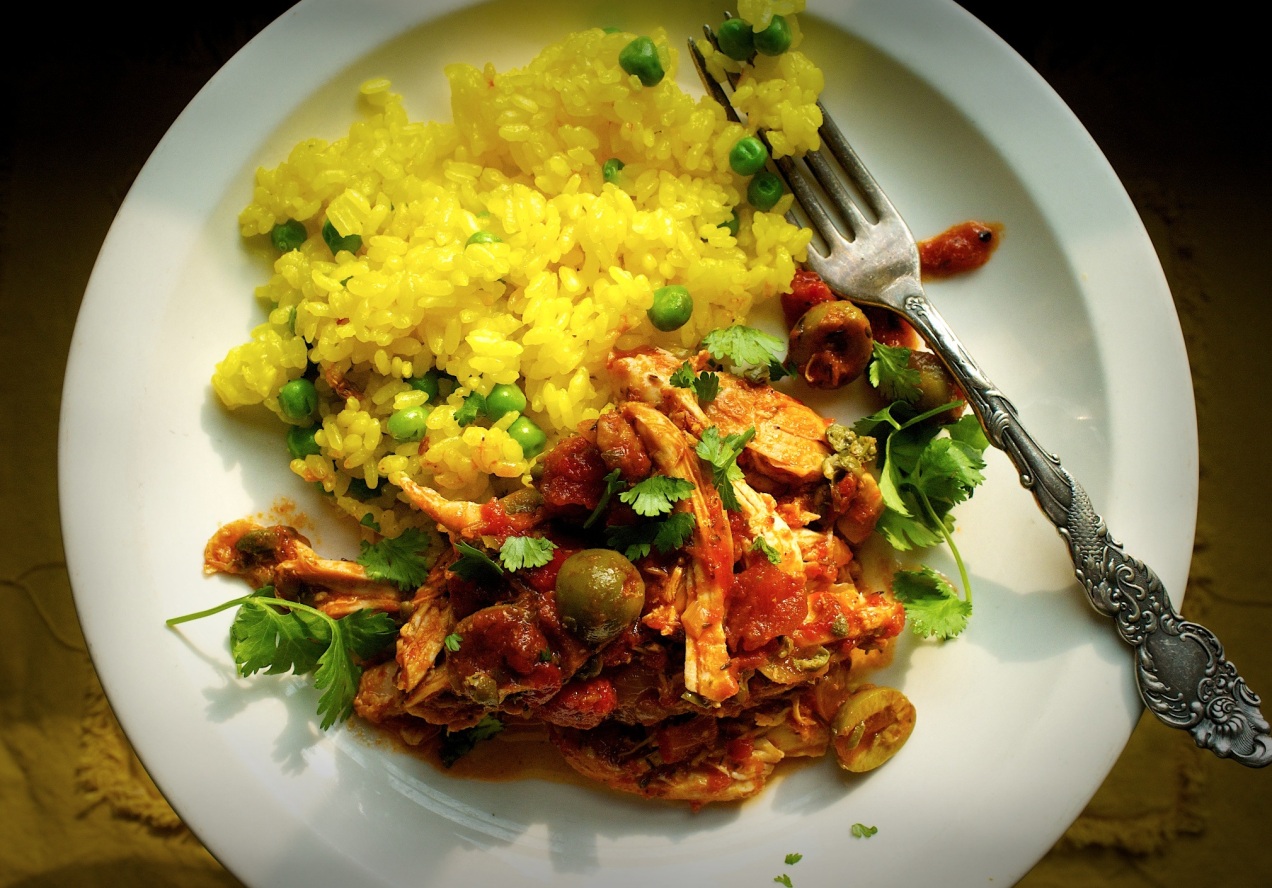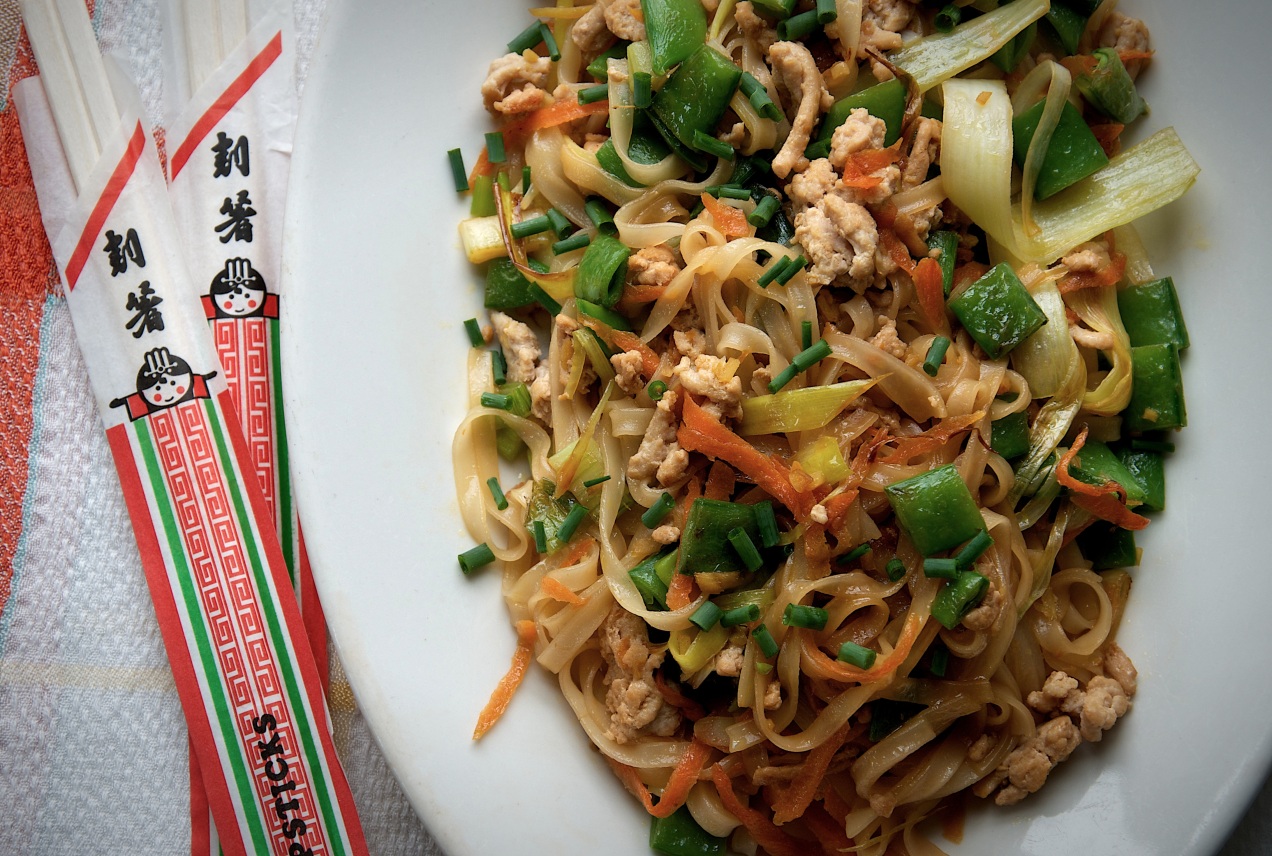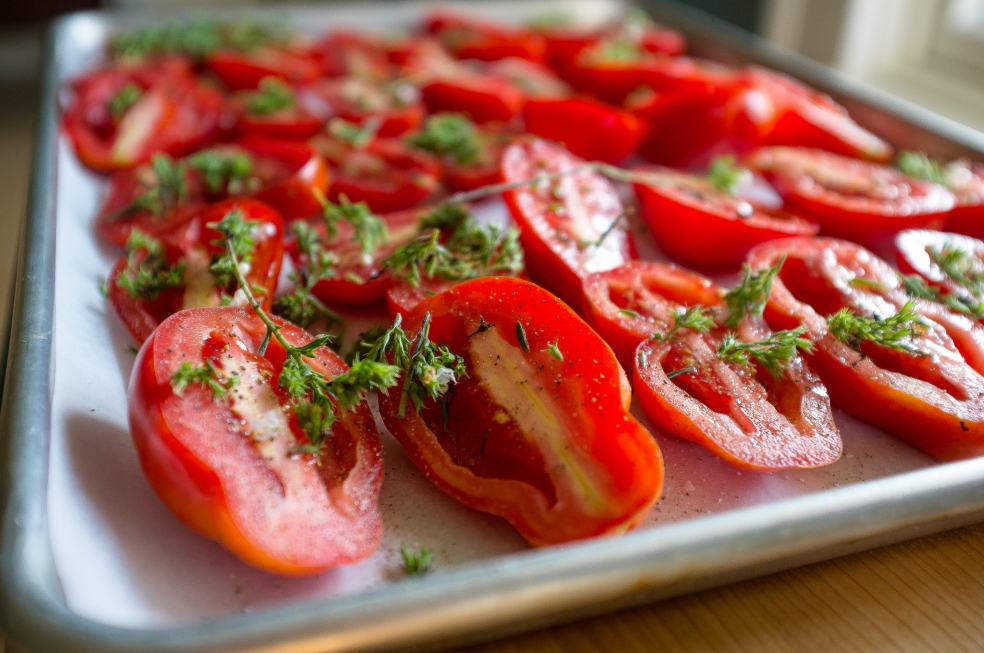There is never a good time for bad news, but there it is, right in front of me, plain as a shadow on a sunny day.
She breaks the news the minute she is in the car. I’m trying to get her in her car seat and the buckle hasn’t even clicked when she blurts it out:
“Dad, I think I want to leave home.”
I move back, still leaning over her. I try to get her freckled little face, her blue eyes, in focus. I don’t have my glasses on. The back of the front seat keeps me from moving back far enough, so I have to squint to see just how serious this statement, this bomb, is.
No hint of a smile; if she isn’t serious, she should win an Oscar.
“Ohhh-kay,” I say.
I walk around the car and wave to Mrs. Davis, Vivian’s kindergarten teacher. I drop my chin, looking down at the pavement and smile. She cast the hook and I’m going to run with it. It’s a good opportunity to connect. Lynnie is at preschool for a couple more hours, I’ve made Vivian’s favorite, chicken noodle, for lunch, and this plan to leave home will make for good conversation over soup and crackers.
It started out as an ordinary day. We all woke up at the usual time; no crying, no wrong-side-of-the-bed. They ate their pancakes, had their juice, and were dressed and ready to go to the bus stop without any of my deep-voiced “matching socks, girls” or you need your gym shoes today”–not even the requisite “if we miss the bus…” threat. I don’t need any of those stern words, meant to teach them that a sense of urgency is sometimes necessary, because for once they got ready before they started playing. Actually, I guess it started as an extraordinary day.
Now, on the way home from school, Vivian and I ride in silence. I’m trying to figure out where this “leaving home” thing is coming from, and she, I am sure, is using the silence as a negotiating tool, to bring her opponent to the table first. It is a short drive home, and I decide not to bring it up again. It’s up to Vivian.
As I open the screen door to the house, I get a good whiff of the chicken stock on the stove. I mention that I made chicken-noodle soup for lunch and ask if she would like a bowl.
“Oh, not now, Daddy–I need to pack,” she says.
“It’s hot and yummy, and you’re going to need your strength,” I reply. Besides, you have plenty of time.”
She consents to lunch.
I grab a ladle from the utensil drawer and a couple of bowls from the cabinet. The soup is simmering. I ladle up bowls of the golden broth loaded with carrots, noodles and chicken, walk to the table, and set them down. I go to the pantry and smile to myself again as I grab a sleeve of crackers.
Vivian grabs two spoons from the drawer and we both sit down. I hand her a napkin.
Again, silence, except for the sound of us blowing on our spoons full of hot soup. Mine is cool enough and I sip the soup. Vivian does the same.
“Good soup, Dad,” she says.
“Thanks,” I say, and then, with a note of concern: “Are you mad at me or Mommy?”
“Oh, no, Dad”.
“I just wanted to make sure that isn’t why you want to leave,” I say, feigning concern.
“Oh no, I’m not mad, it’s just time,” she says happily. “I think I want to see the world and, now that I’m bigger, I think it’s time.”
I takes all the muscle control I can muster not to break a smile. The look on her face is stone-cold sober. I know she has made up her mind.
“So can you tell me about your plan?” I ask.
And she does. In fact, Vivian talks all afternoon: in the preschool pick-up line for Lynnie, through Lynnie’s nap, over dinner, and on into the evening. She discusses every detail and wants my response. She is fleshing out her plan, using me as a sounding board. She is wearing me down like a constant drip of a water torture session. I know her, and I know what she’s doing. She’s building confidence to carry out her plan, watching me to see if I think her plan is workable–and if I’ll give it my consent.
She is going full tilt now, a hundred yard dash of manic talk over dirty dishes, and all I can do is throw up hurdles in front of her. I ask all the pertinent questions: where are you going to sleep, what are you going to eat, what will you do for money” And she has answers–well-thought-out answers: in a tent, in restaurants, and her birthday money will suffice. Only when she asks me, “Do people in our country all speak the same language?’ do I realize how deeply she is thinking about her trip.
Yes, but in other countries they speak different languages,” I say.
“Well,” she pauses, “maybe I won’t go to Paris. Maybe I’ll just walk around our country.”
“How long do you plan to be gone,” I query, “Because if you aren’t coming back, I need to let the school know.”
“Five years,” she says with no understanding of time.
Until this point, she had me worried. I thought she might actually leave; just walk out the door and down the drive, leaving me to wonder what I can say. After all, I’ve been encouraging her, talking to her like leaving is a reality, and I’m beginning to wonder how I’ll retract my words.
“Oh. That’s a long time,” I say with a hint of sadness. “I don’t know if I’ll recognize you when you come back. What if we move? Will you be able to find us?” The notion of phone calls, letters, or emails isn’t part of her reality yet–neither is the notion of we might not be here when she comes home.
It’s time to press my bluff. “Well–then why don’t you get your backpack and I’ll at least drive you you up to the mail box. Get you on your way.”
“Oh, that’s okay, Dad,” she replies. “I think I’ll at least go to school tomorrow and tell all my friends goodbye. I’ll leave after school.”
“Well then, get up to bed,” I answer. “You have a long day tomorrow. I’ll come up in a minute and tuck you in.”
I’ve listened to Vivian all day and that takes time. I want to get things straightened up. I turn on some music and turn to finish the dishes. When they’re done I start wiping counter tops.
“Dad!” I hear from the top of the steps. “You gonna come tuck me in?”
I forgot. By the time I climb the stairs, she’s back in bed.
I sit down on the edge of the bed and tell her, “You can’t leave. You can’t ever leave. I need you here. I need you to help me, Lynnie needs you, and so does Mommy. You can’t go!”
“Wellll….,” she says, drawing out the pronunciation. Then she giggles and finishes, “I was beginning to think it wasn’t my best idea, ’cause who’s gong to make me pancakes?”
get your soup recipe here ; Chicken and Rice Soup with Saffron



























 Recipe adapted from The French Laundry Cookbook
Recipe adapted from The French Laundry Cookbook





